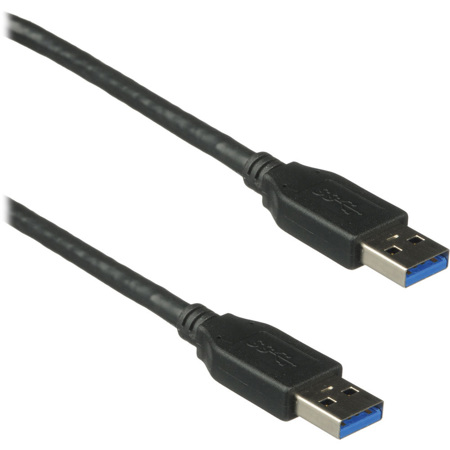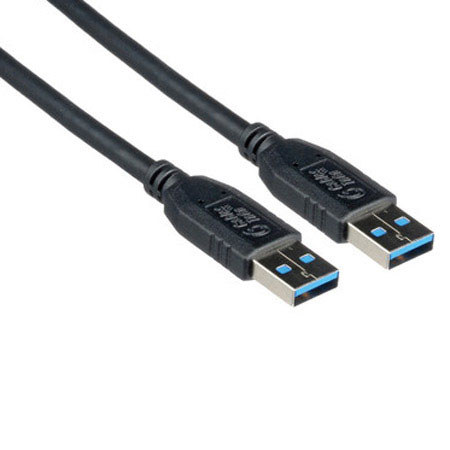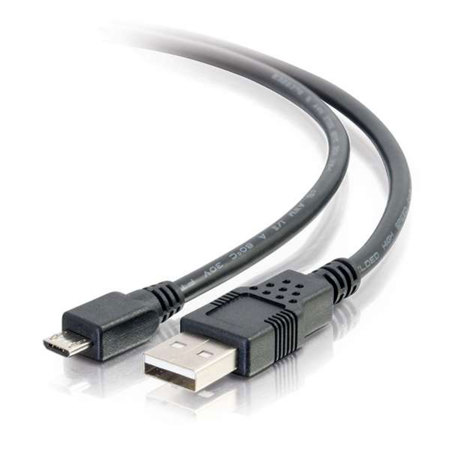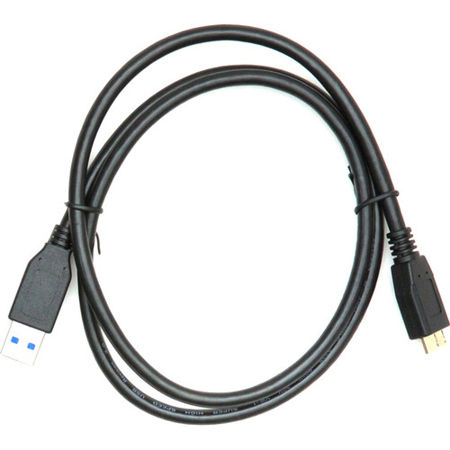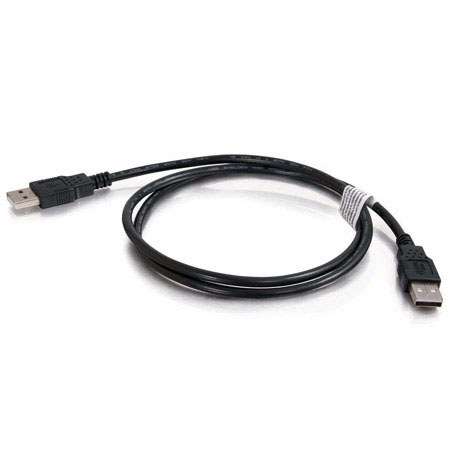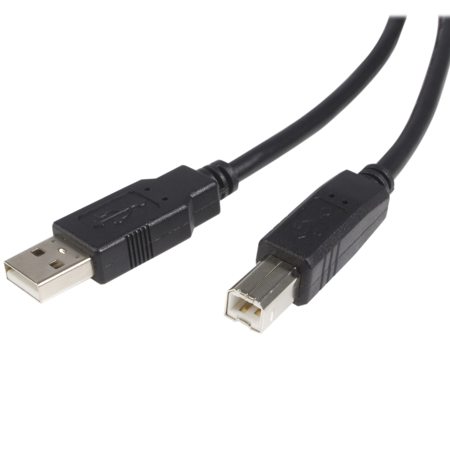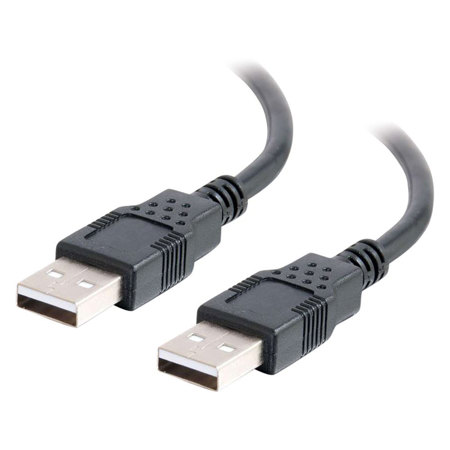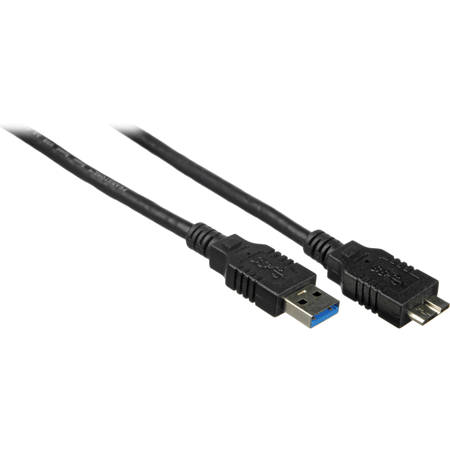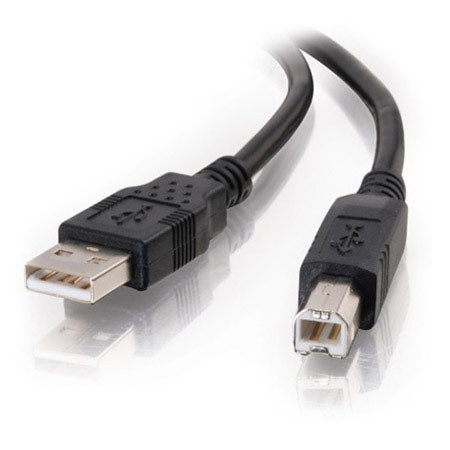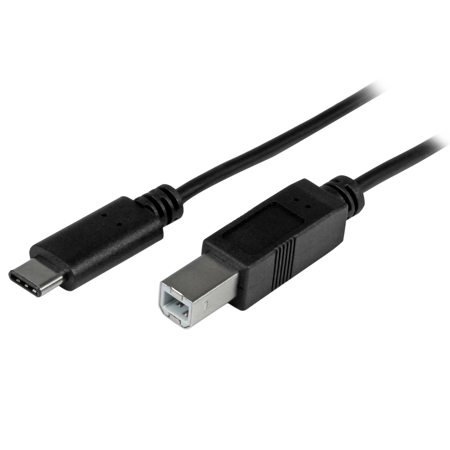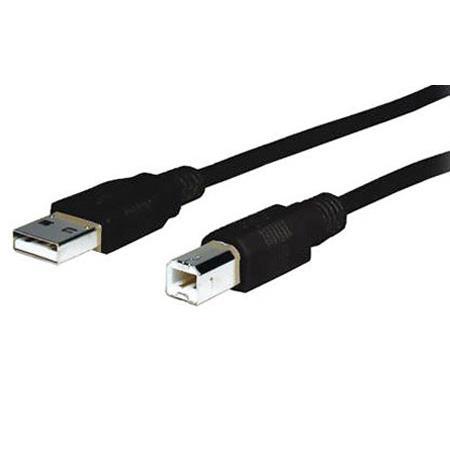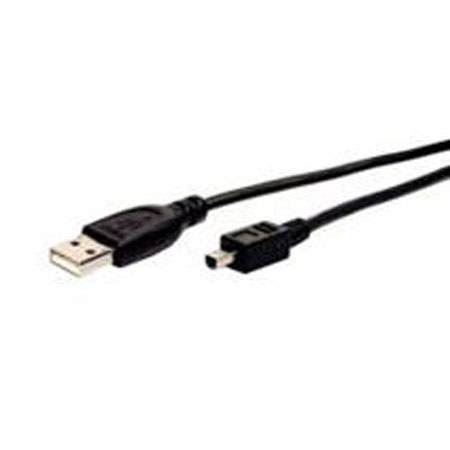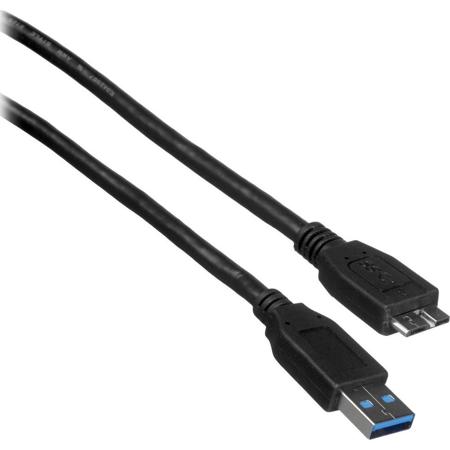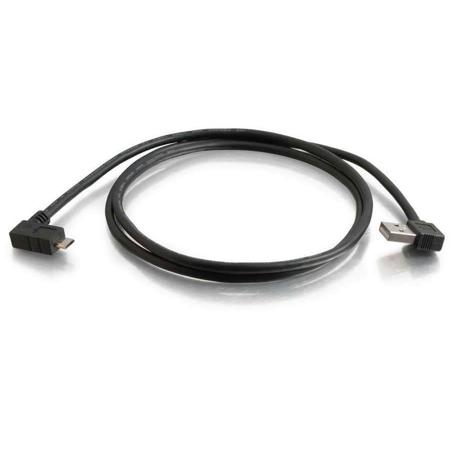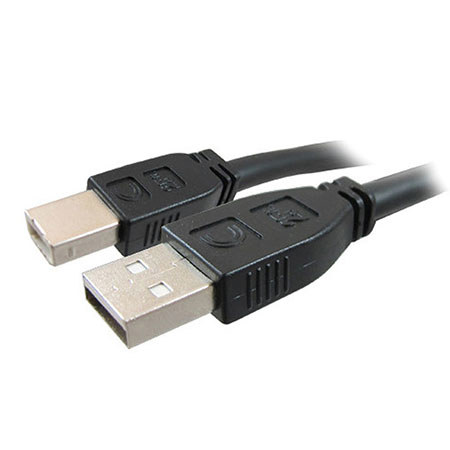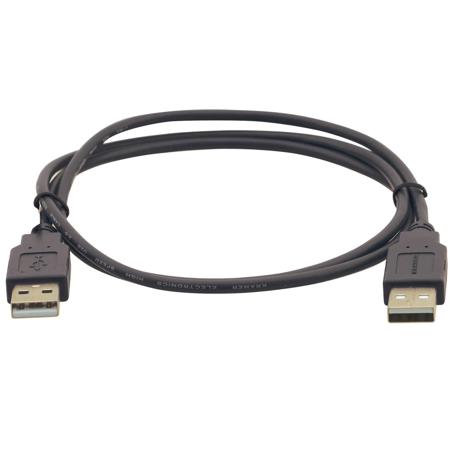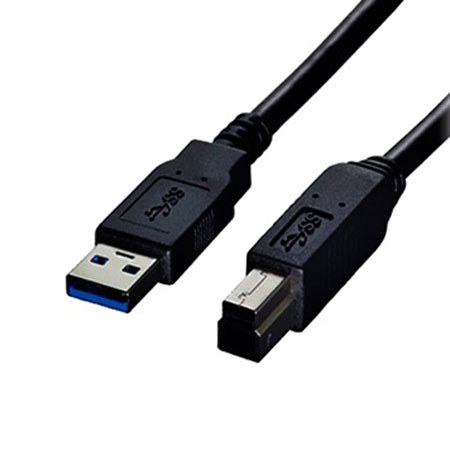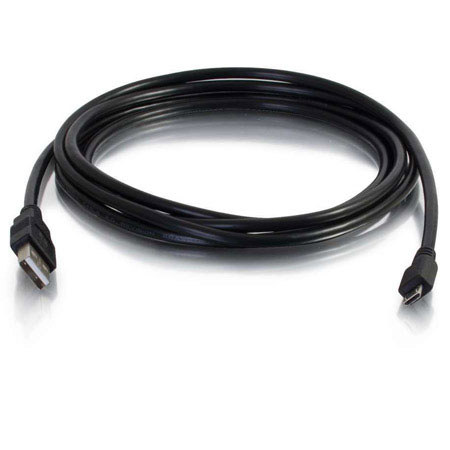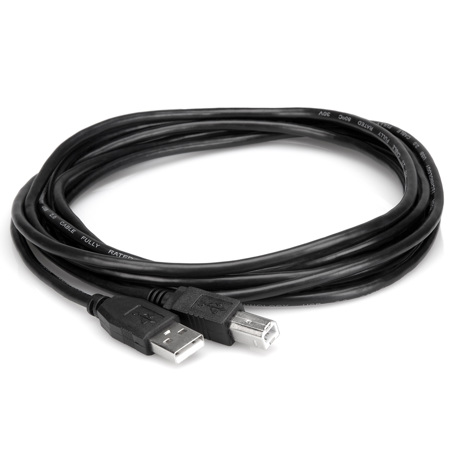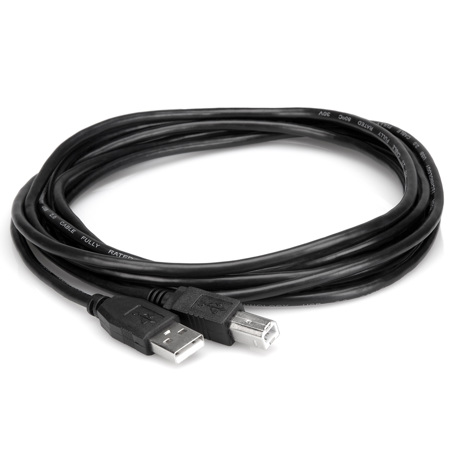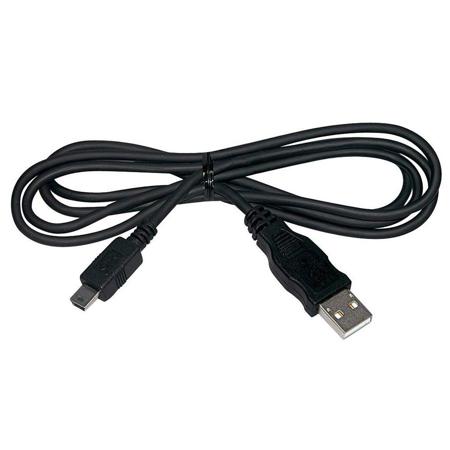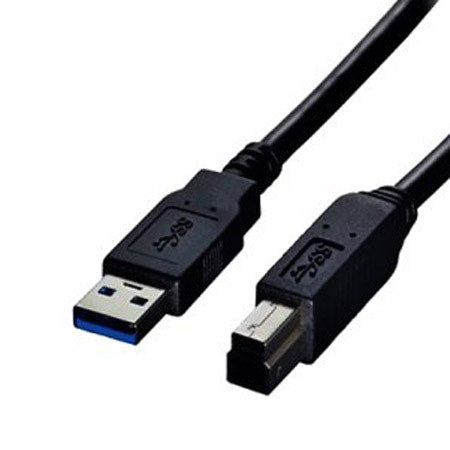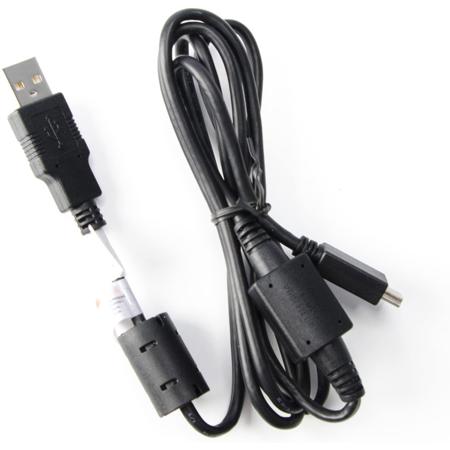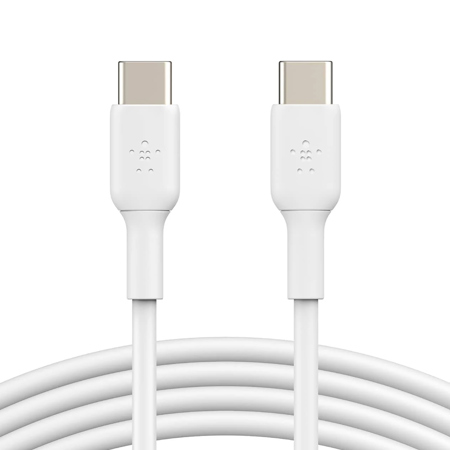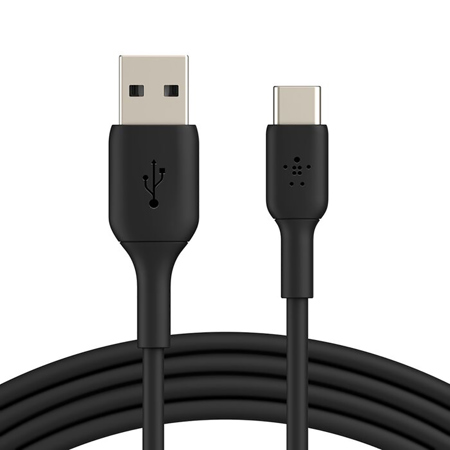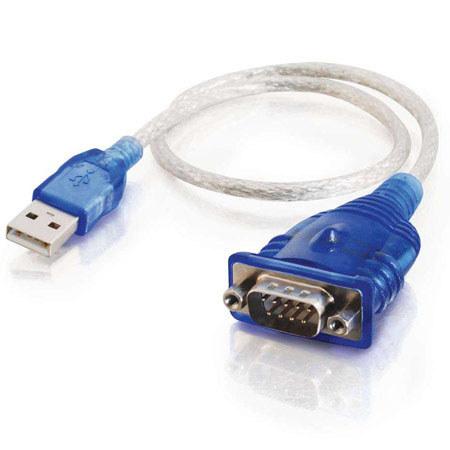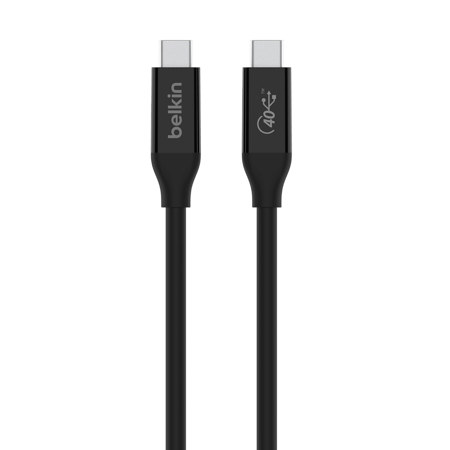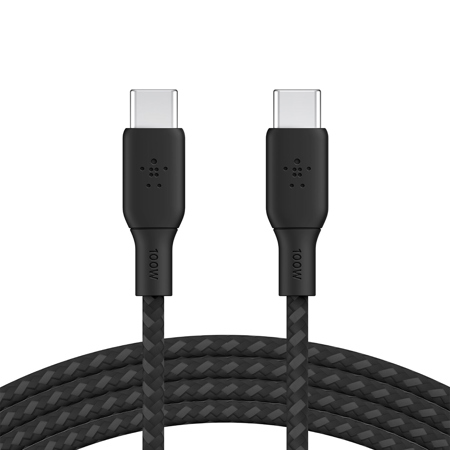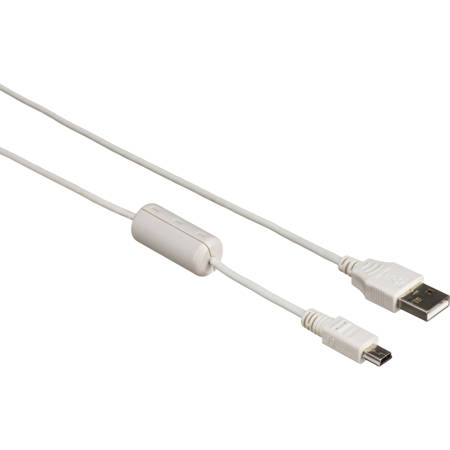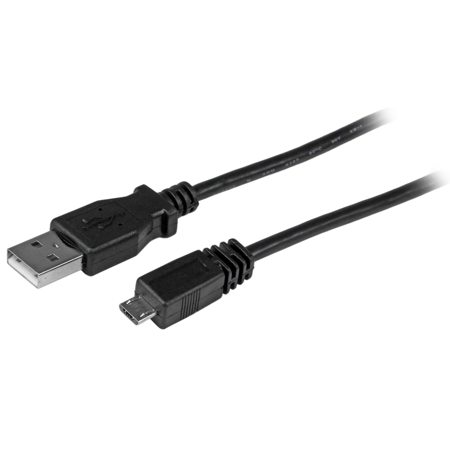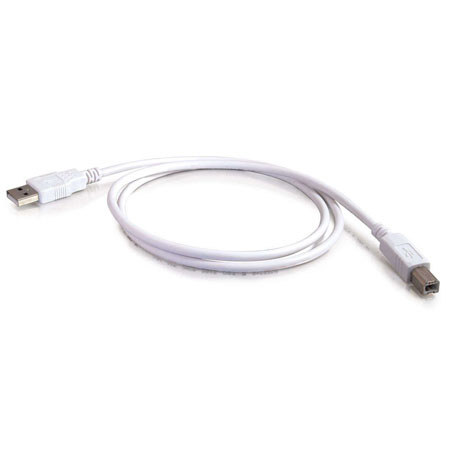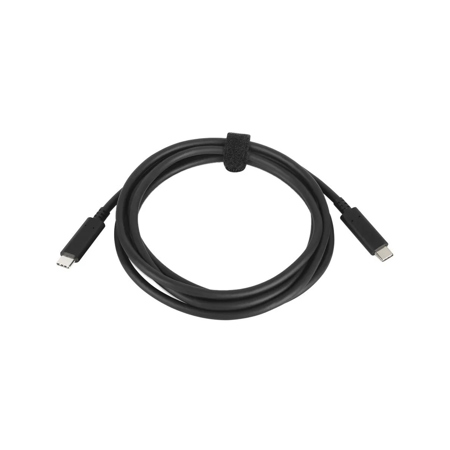USB Male-To-Male Cables
When searching for USB male-to-male cables, it’s important to consider both the technical requirements and the practical scenarios where these cables come into play. These cables are designed to connect two devices that both have standard USB-A female ports, such as linking certain external hard drives to computers, connecting specialized hardware for audio and video production, or facilitating data transfer in a studio setup. In creative environments, especially during the late summer months when events and outdoor shoots are in full swing, having reliable USB male-to-male cables on hand can mean the difference between a seamless workflow and frustrating downtime. Photographers and videographers often rely on these cables to tether cameras to laptops for instant image review or to interface with lighting and control equipment in the field. Musicians and audio engineers might use them to connect MIDI controllers or audio interfaces during live performances or recording sessions, where every second counts and reliable connectivity is essential.
For those shopping for tech-savvy friends or family members, USB male-to-male cables can make a thoughtful and practical gift, especially for students heading back to campus or for anyone setting up a new workspace as the season shifts. These cables are not just for professionals; hobbyists and DIY enthusiasts will appreciate the versatility they offer for custom projects, whether it’s building a home server, setting up a Raspberry Pi, or experimenting with new gadgets. When choosing a cable, pay close attention to the USB version—USB 2.0, 3.0, or higher—as this determines data transfer speeds and compatibility with various devices. Length is another key factor; a longer cable offers more flexibility in arranging your setup, but it’s wise to balance that with the need to minimize signal loss. Durability matters, too—look for cables with robust shielding and reinforced connectors, especially if you’ll be packing them in gear bags or using them on location where gear gets moved around frequently.
Safety is paramount when using USB male-to-male cables, as improper use can potentially damage devices. Always ensure that your intended application is supported by the manufacturer, and never use these cables to directly connect two computers or power sources, as this can cause electrical hazards. If you’re unsure whether a male-to-male cable is the right fit for your project, consider other USB cable types that might offer safer or more optimized connections. For example, if your setup requires connecting a device with a USB-A port to one with a USB-B port, you might want to explore our selection of A-To-B USB Cables for a solution tailored to that use case. With the right cable for your needs, you can streamline your workflow, keep your gear running smoothly, and focus on capturing the moments or creating the projects that matter most to you as the season unfolds.
For those shopping for tech-savvy friends or family members, USB male-to-male cables can make a thoughtful and practical gift, especially for students heading back to campus or for anyone setting up a new workspace as the season shifts. These cables are not just for professionals; hobbyists and DIY enthusiasts will appreciate the versatility they offer for custom projects, whether it’s building a home server, setting up a Raspberry Pi, or experimenting with new gadgets. When choosing a cable, pay close attention to the USB version—USB 2.0, 3.0, or higher—as this determines data transfer speeds and compatibility with various devices. Length is another key factor; a longer cable offers more flexibility in arranging your setup, but it’s wise to balance that with the need to minimize signal loss. Durability matters, too—look for cables with robust shielding and reinforced connectors, especially if you’ll be packing them in gear bags or using them on location where gear gets moved around frequently.
Safety is paramount when using USB male-to-male cables, as improper use can potentially damage devices. Always ensure that your intended application is supported by the manufacturer, and never use these cables to directly connect two computers or power sources, as this can cause electrical hazards. If you’re unsure whether a male-to-male cable is the right fit for your project, consider other USB cable types that might offer safer or more optimized connections. For example, if your setup requires connecting a device with a USB-A port to one with a USB-B port, you might want to explore our selection of A-To-B USB Cables for a solution tailored to that use case. With the right cable for your needs, you can streamline your workflow, keep your gear running smoothly, and focus on capturing the moments or creating the projects that matter most to you as the season unfolds.
